Recent scientific breakthroughs have unveiled a stark warning for our planet’s future: by 2300, the West Antarctic Ice Sheet may face near-total collapse.
This multi-century projection, grounded in advanced climate models, suggests a dramatic rise in global sea levels—potentially reshaping coastlines and displacing millions.
The implications extend beyond geography, challenging current climate policy and pressing world leaders to act decisively.
As we explore these findings, it becomes clear that the choices we make today will ripple across centuries.
1. The 2024 Breakthrough Forecast

In 2024, a landmark study published in Nature introduced the first multi-century climate model for the Antarctic ice sheet.
Using cutting-edge simulations, researchers projected that the West Antarctic Ice Sheet could undergo catastrophic retreat by 2300 if greenhouse gas emissions continue unabated.
This breakthrough approach offers a long-term vision, highlighting the far-reaching effects of today’s decisions on future generations and underscoring the urgency of global climate action.
2. Understanding the West Antarctic Ice Sheet
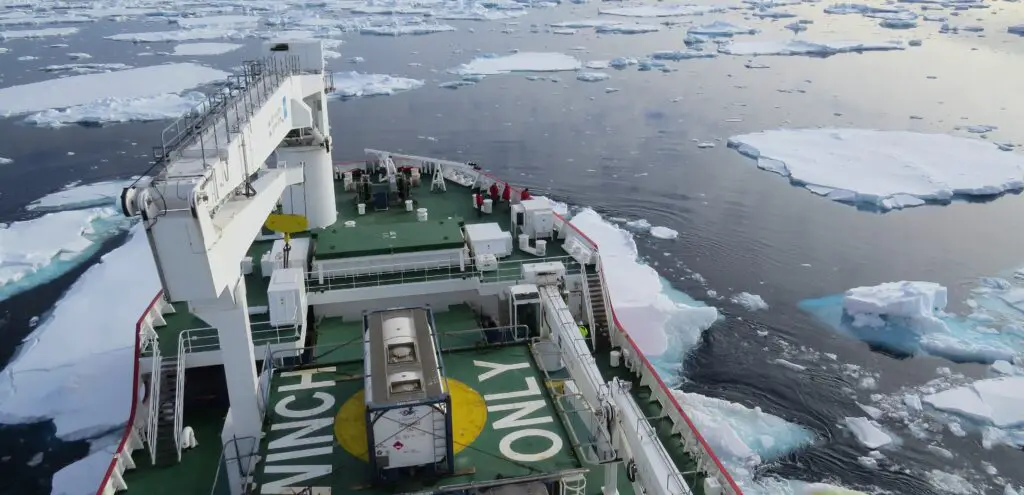
The West Antarctic Ice Sheet is a colossal formation, spanning over 2 million square kilometers and holding enough ice to raise global sea levels by more than three meters if fully melted.
Its unique structure, largely grounded below sea level, makes it especially vulnerable to warming oceans.
According to the British Antarctic Survey, this region plays a crucial role in regulating Earth’s climate and ocean circulation, making its stability vital for the planet’s future.
3. What Triggers a ‘Point of No Return’?

A ‘point of no return’ occurs when the West Antarctic Ice Sheet’s melting becomes irreversible, driven by self-reinforcing feedback loops.
Once critical thresholds are crossed, further ice loss accelerates, regardless of future emissions.
This concept mirrors tipping points seen in Arctic sea ice and the Amazon rainforest, where rapid changes permanently alter systems, making recovery nearly impossible.
4. Why 2300? The Forecast Timeline
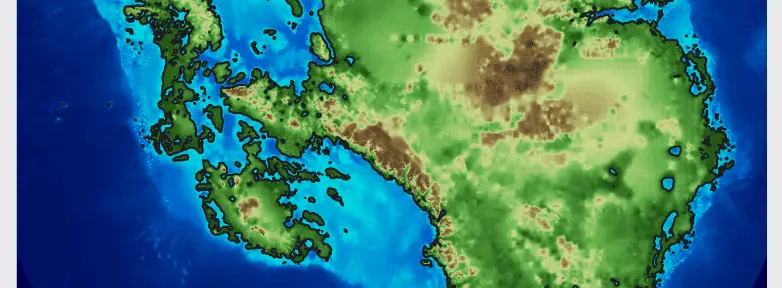
Scientists chose 2300 as the forecast horizon because ice sheet dynamics unfold over centuries, not decades.
According to Science Daily, this timeline accounts for slow-moving feedbacks and the limitations of climate models in capturing long-term processes.
By extending projections to 2300, researchers can better gauge the full impact of current emissions and reveal the stakes for future generations.
5. Sea Level Rise: A Looming Threat

If the West Antarctic Ice Sheet collapses, global sea levels could rise by several meters, inundating low-lying cities and coastal regions.
According to NASA, such an event would dwarf historical floods, threatening millions of people and trillions in infrastructure.
Modern projections highlight cities like New York, Mumbai, and Shanghai as especially vulnerable, emphasizing the urgent need for adaptation and mitigation strategies to address this looming crisis.
6. The Science of Ice Sheet Modeling
Satellite visuals and detailed ice sheet graphs are displayed alongside advanced scientific equipment in a bustling research lab. | Photo by tc.copernicus.org
Researchers combine satellite observations, on-the-ground measurements, and sophisticated computer models to predict how ice sheets will respond to climate change.
As described in Nature Geoscience, recent advances in data collection and modeling have enabled unprecedented accuracy, allowing scientists to extend reliable forecasts out to 2300.
These innovations help reveal the hidden vulnerabilities of Antarctica’s ice and inform global climate strategies.
7. Vulnerable Ice: Why West Antarctica?

The West Antarctic Ice Sheet’s unique vulnerability stems from its grounding line, where the ice meets the sea floor, lying well below sea level.
This configuration allows warm ocean currents to flow beneath the ice, melting it from below and destabilizing the entire structure.
As explained by NOAA, this process accelerates ice loss, making West Antarctica more susceptible to rapid, irreversible change than other polar regions.
8. Past Collapses: Lessons from Earth’s History
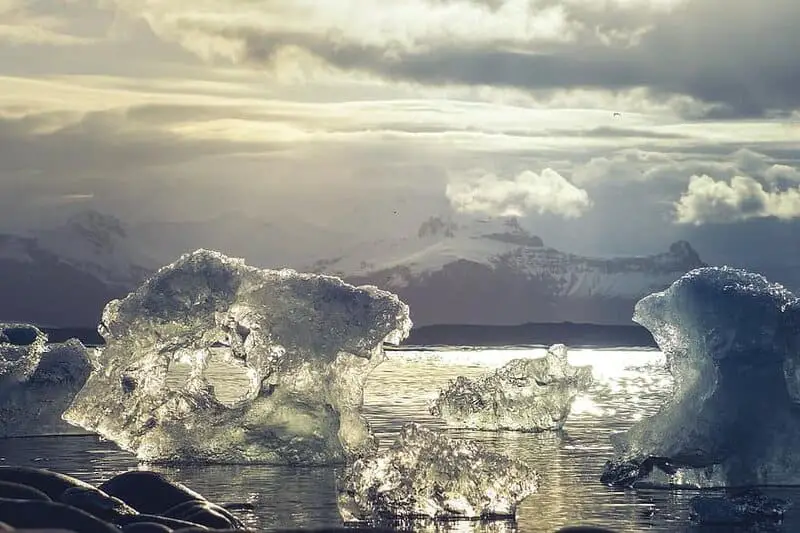
Earth’s history holds stark reminders of Antarctic ice sheet vulnerability.
During previous warm periods, evidence shows the West Antarctic Ice Sheet experienced significant collapses, contributing to rapid sea level rise.
As highlighted by Scientific American, these ancient events offer sobering parallels to today’s accelerating changes—warning that current warming could trigger similar, potentially irreversible consequences.
9. Irreversible Feedback Loops
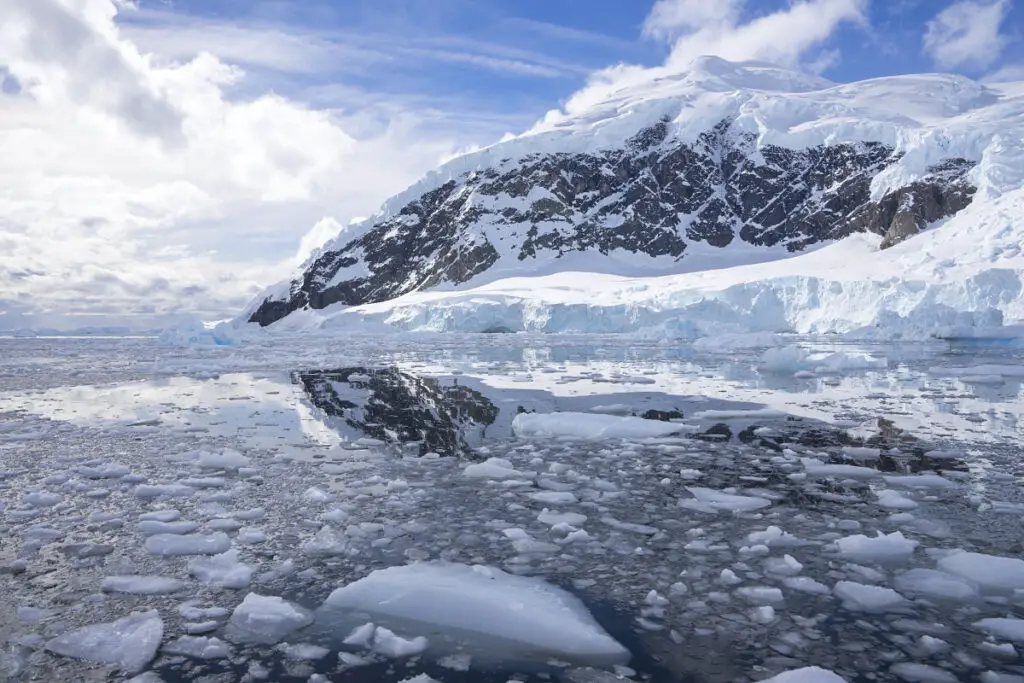
Once melting begins, feedback loops can make it unstoppable.
The ice-albedo effect means that as ice disappears, darker ocean water absorbs more heat, further accelerating melt.
Additionally, marine ice sheet instability occurs when retreating ice exposes more of the sheet to the ocean, amplifying loss.
As BBC News explains, these mechanisms combine to create a cascade that, once set in motion, may be impossible to reverse.
10. The Role of Greenhouse Gas Emissions

The fate of the West Antarctic Ice Sheet is closely tied to future greenhouse gas emissions.
According to the IPCC, higher emissions result in faster warming, hastening ice loss and increasing the risk of reaching the point of no return.
Conversely, aggressive emissions cuts could slow these processes, buying valuable time for adaptation and mitigation.
This underscores how global climate policy today shapes the world’s future coastlines.
11. Global Consequences: Beyond Sea Levels
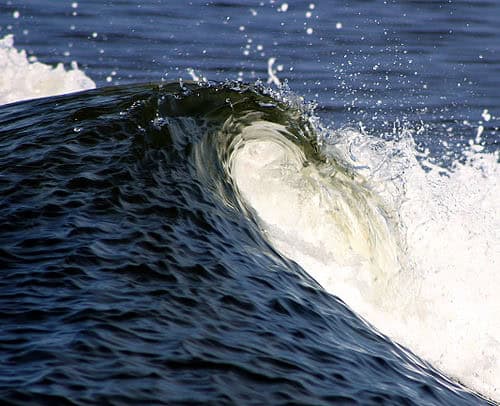
The collapse of the Antarctic ice sheet would ripple far beyond rising seas.
Disruption of ocean circulation could alter weather patterns worldwide, intensifying storms and shifting rainfall.
As Yale Environment 360 reports, melting ice also threatens marine biodiversity, impacting ecosystems from plankton to whales.
These cascading effects highlight the Antarctic’s broad influence on Earth’s climate stability and life.
12. Uncertainties in Long-Term Predictions
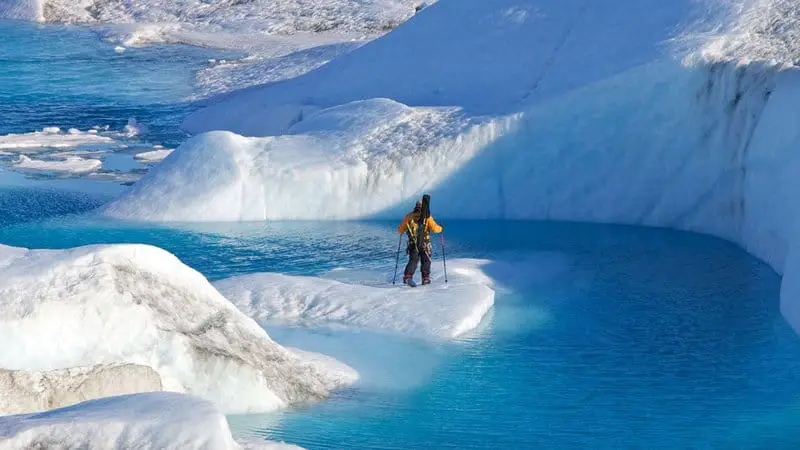
Forecasting changes to 2300 involves significant uncertainties.
Complex ice sheet dynamics, unpredictable technological advances, and unforeseen policy shifts all add layers of doubt.
As The Conversation explains, human choices—ranging from emissions reductions to geoengineering—could dramatically alter outcomes.
While models provide crucial guidance, the long-term future remains partly unknown, underscoring the need for flexible, proactive responses.
13. Comparing Antarctic and Greenland Ice Loss
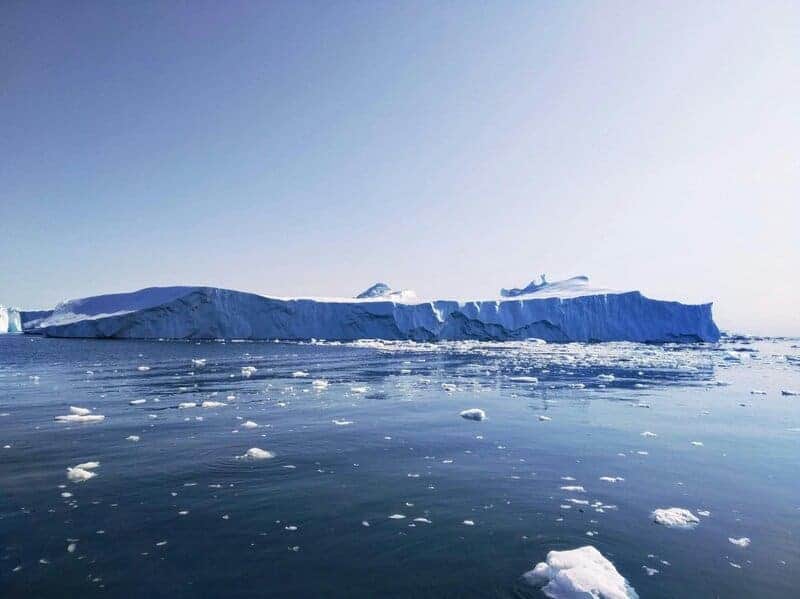
Both the West Antarctic and Greenland ice sheets are losing mass, but their vulnerabilities differ.
The West Antarctic Ice Sheet is destabilized mainly by warm ocean currents attacking its base, while Greenland’s ice loss is driven more by rising air temperatures.
According to the National Snow & Ice Data Center, both regions contribute significantly to sea level rise, yet the mechanisms and timelines of collapse vary between the poles.
14. Coastal Cities at Risk
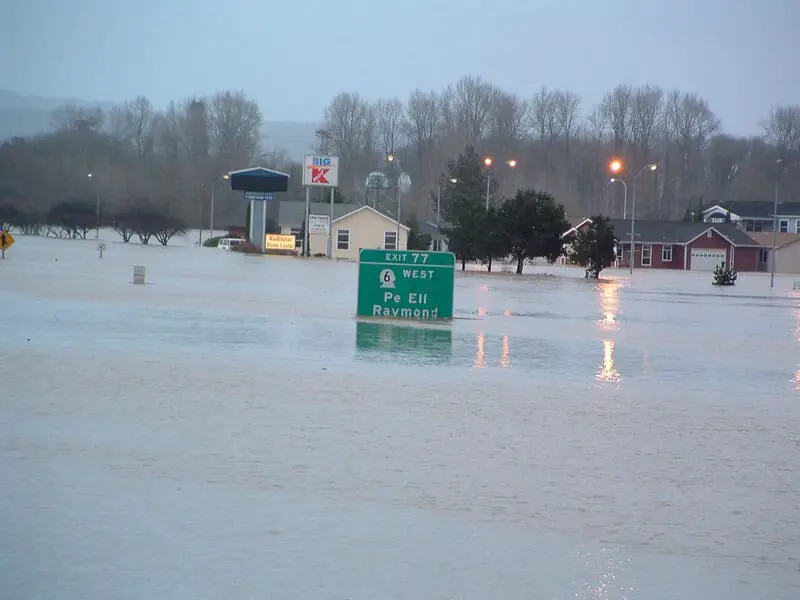
Rising seas pose a direct threat to many of the world’s largest and most vibrant cities.
According to Reuters, places like New York, Mumbai, and Shanghai face mounting risks from flooding, storm surges, and infrastructure loss.
These urban centers must contend with enormous adaptation challenges, including sea walls, relocation plans, and costly engineering projects just to remain habitable as oceans rise.
15. The Antarctic Ice Sheet and Global Food Security

The consequences of Antarctic ice loss extend to global food security.
As sea levels rise and ocean currents shift, fertile farmland may be inundated and fisheries disrupted, threatening food supply chains worldwide.
The World Economic Forum warns that such disruptions could undermine efforts to feed billions, making climate-resilient agriculture and fisheries increasingly vital for the planet’s future.
16. Wildlife and Ecosystem Impact
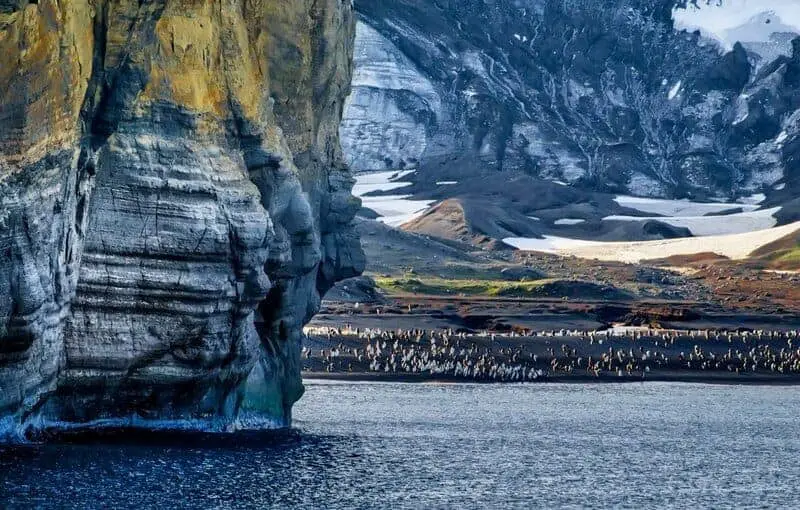
The loss of Antarctic ice threatens unique wildlife such as penguins, seals, and krill, whose survival depends on stable ice habitats.
As highlighted by the WWF, changes in ice cover ripple through the global marine food web, disrupting ecosystems far beyond Antarctica.
Protecting these vulnerable species requires urgent action to address ice sheet decline and preserve biodiversity.
17. The Cost of Inaction

Failing to address Antarctic ice loss could result in trillions of dollars in economic damages worldwide.
As The Guardian reports, rising seas threaten vital infrastructure, force mass migrations, and strain global economies.
The costs of rebuilding cities, relocating populations, and adapting agriculture may far exceed the investments needed for mitigation, highlighting the immense price of inaction.
18. Hope Through Innovation

There is hope in innovation as scientists and engineers develop new tools to combat climate change.
Technologies such as carbon capture, geoengineering, and widespread adoption of renewable energy aim to slow or even reverse global warming.
As detailed by MIT Technology Review, these advances could buy precious time for polar ice and inspire global cooperation toward a more sustainable future.
19. International Cooperation and Policy

Global agreements, such as the Paris Agreement, play a crucial role in limiting greenhouse gas emissions and protecting the Antarctic ice sheet.
However, experts warn that current commitments are not enough to avert catastrophe.
Stronger policies, deeper cooperation, and ambitious targets are essential to slow warming, safeguard vulnerable regions, and secure a livable future for all nations.
20. Climate Communication and Public Awareness
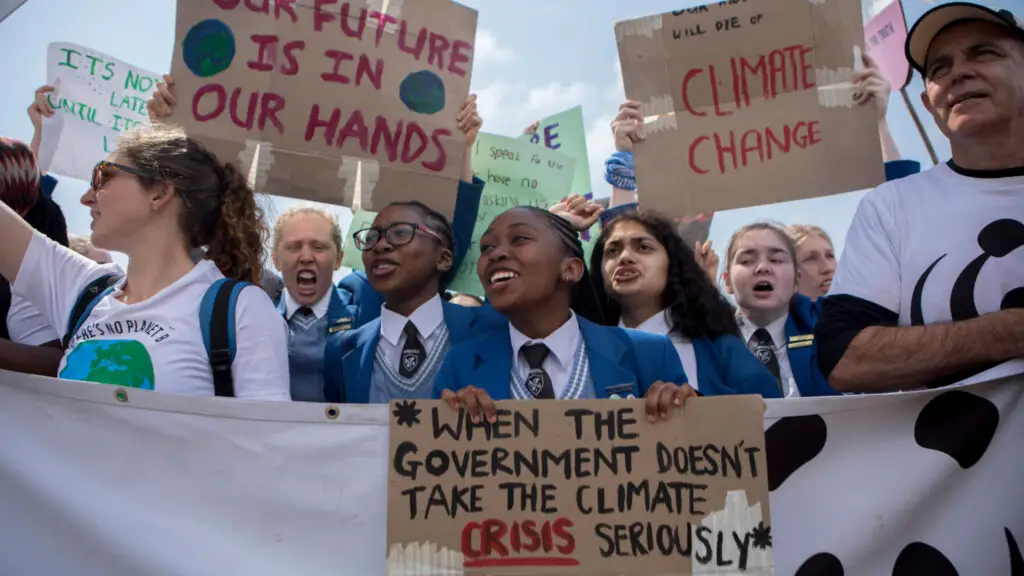
Effective climate communication is vital for mobilizing both policy change and public action.
By making the fate of the Antarctic ice sheet relatable and urgent, communicators can inspire communities and leaders to act.
As noted by Climate Outreach, clear storytelling and personal connections to distant threats help bridge the gap between scientific warnings and societal response.
21. Monitoring and Early Warning Systems
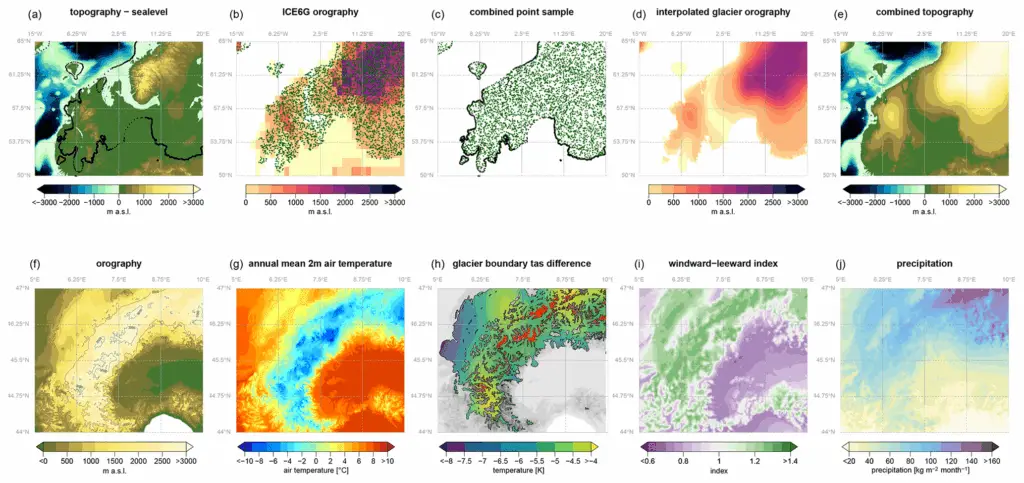
Breakthroughs in satellite monitoring and remote sensing now allow scientists to track Antarctic ice changes in near real time.
Programs like the European Space Agency’s Copernicus Sentinel-1 deliver critical data, enabling early warnings and rapid response.
These tools improve forecasting, inform policy, and help the world stay ahead of accelerating ice loss.
22. The Moral Imperative: Responsibility to Act

The threat to the Antarctic ice sheet raises profound ethical questions about our duty to future generations.
As discussed in the Stanford Encyclopedia of Philosophy, climate justice demands that we act to prevent irreversible harm.
Protecting the planet’s ice is not just a scientific or economic challenge—it is a moral imperative for humanity.
23. What Can Be Done Now?
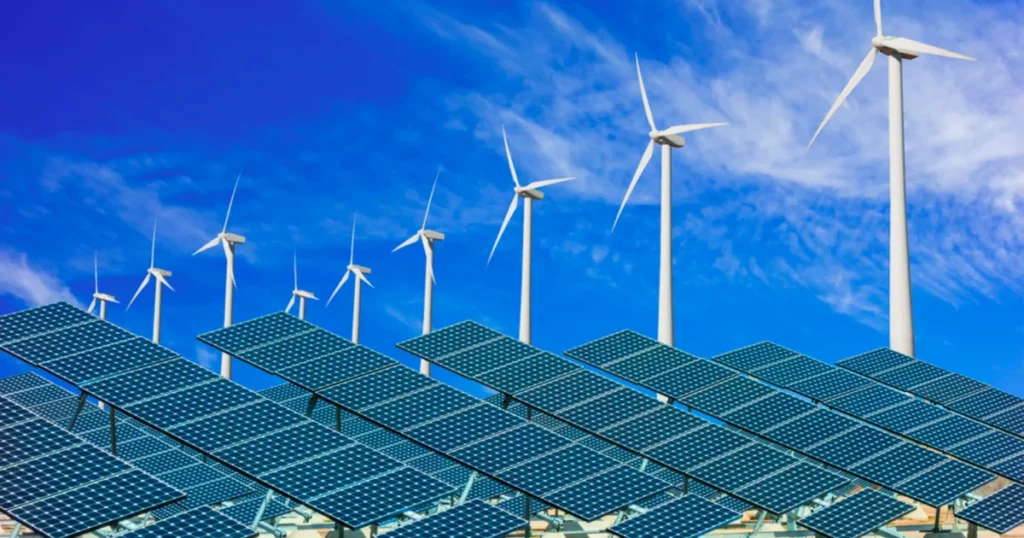
There are immediate actions everyone can take to help avert catastrophic ice loss.
Reducing personal and community emissions, supporting ambitious climate policies, and making sustainable choices all contribute to a safer future.
The UN Environment Programme outlines practical steps—from conserving energy to advocating for systemic change—that empower individuals and societies to make a real difference before 2300.
Conclusion
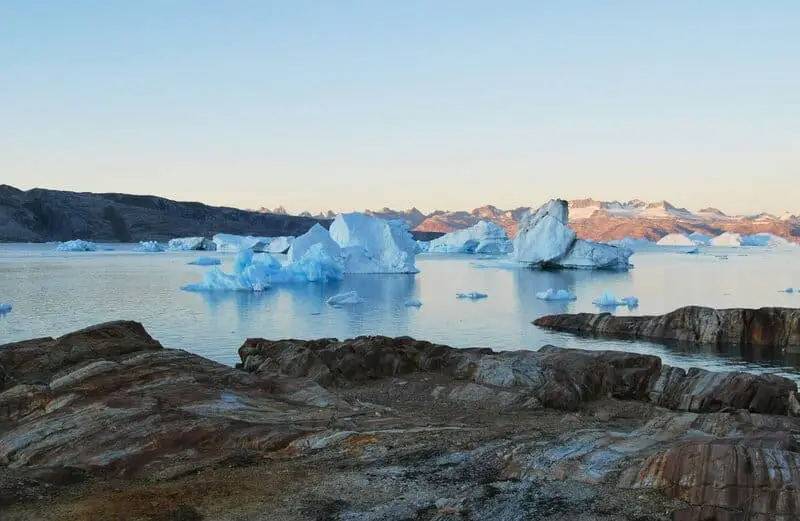
The latest multi-century forecast delivers a clear and urgent warning: the West Antarctic Ice Sheet stands at the edge of a point of no return, with profound consequences for global sea levels, ecosystems, and human society.
Our choices now—both individual and collective—will determine whether this future is realized.
Immediate, bold action to reduce emissions and strengthen climate policy is essential.
The world must unite to protect Antarctica and preserve a livable planet for generations to come.

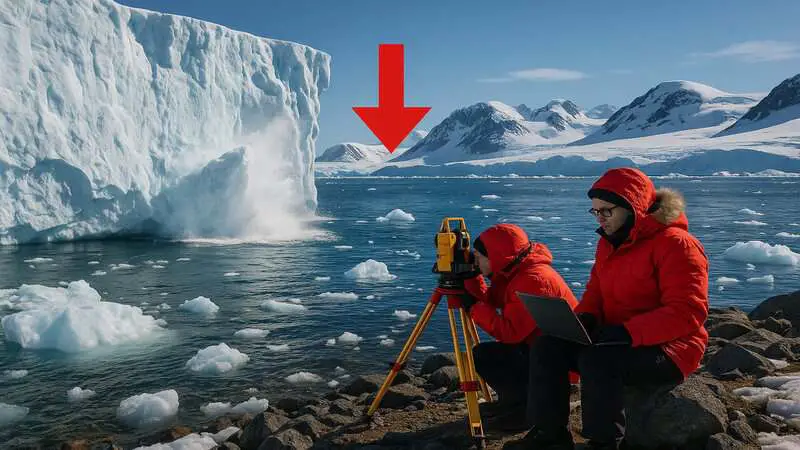

Vielleicht interessiert es Sie:
Wussten Sie! Minensuchratten auf dem Schlachtfeld und sie sind super effektiv!
Wie viele Giraffenarten gibt es? Leben sie alle in Afrika?
Der Vogel ist das Weibchen der Vögel: wahr oder falsch?
Warum bauen Biber Dämme? Welchen Nutzen?
Warum leben manche Tiere nachtaktiv? Welche Vorteile?
Küssen Tiere? Ist das die gleiche Bedeutung wie Menschen?
200+ Hilarious Seahorse Jokes That Will Make You Smile and Giggle
200+ Funny Investment Jokes to Boost Your Financial Humor Game